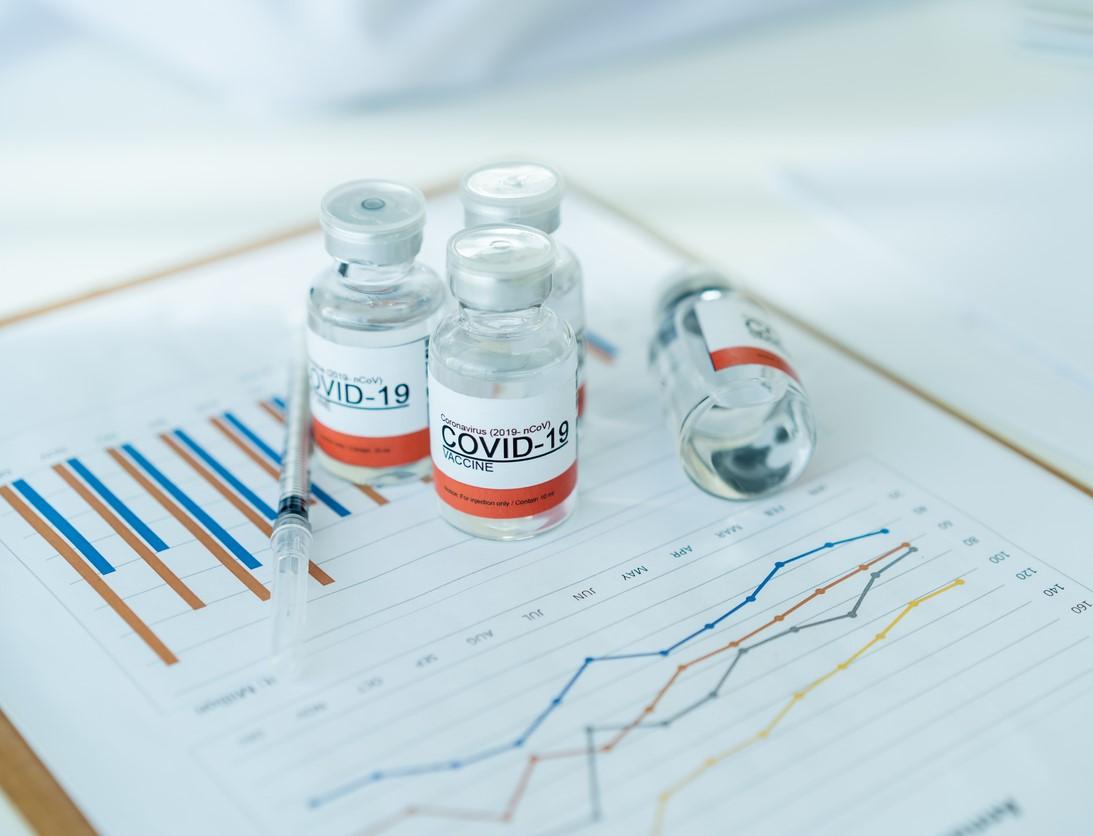An observational study of more than 5 million adults and children in 11 US states shows that the proportion of those who had received at least one COVID-19 vaccine dose by the end of 2021 rose from 33% using commercial health insurance claims data alone to 48% after linking the claims to Immunization Information Systems (IIS) databases.
An Optum-led team measured how the addition of IIS data to claims information affected the ascertainment of at least one dose of any COVID-19 vaccine among 5,112,722 people younger than 65 years old from December 2020 through December 2021. The average age was 33.5 years, and 51.2% were female.
IIS databases are centralized repositories that, in theory, capture all doses given by participating providers in a given area, regardless of whether they submitted insurance claims.
The findings, published yesterday in JAMA Network Open, could improve the accuracy of the Food and Drug Administration's (FDA's) Biologics Effectiveness and Safety Initiative, which conducts COVID-19 vaccine safety and effectiveness surveillance, the study authors said. This is because vaccines given in setting such as mass-vaccination events do not always generate claims.
"Safety and effectiveness studies of COVID-19 vaccines are being conducted using clinical data, including administrative claims," they wrote. "However, claims data only partially capture administered COVID-19 vaccine doses for numerous reasons, such as vaccination at sites that do not generate claims for reimbursement."
Linkage generated lower misclassification rates
The proportion of people who had received one or more COVID-19 vaccine doses was 32.8% using claims data alone, compared with 48.1% after claims were linked to IIS records. A comparable increase was observed for people who completed a primary vaccine series—two doses of mRNA vaccines.
Claims data only partially capture administered COVID-19 vaccine doses for numerous reasons, such as vaccination at sites that do not generate claims for reimbursement.
State-level vaccination estimates using IIS-supplemented claims data varied widely. The proportion of people who completed a primary vaccine series climbed from 24.4% to 41.9% after linkage to IIS vaccine records.
The percentages of misclassified vaccination status using linked IIS and claims data were 12.1% to 47.1% lower than those using Centers for Disease Control and Prevention (CDC) data, 9.1% to 46.9% lower than those from state departments of health, and 9.2% to 50.9% lower than those used in a capture-recapture analysis.
A sensitivity analysis limited to people with continuous insurance coverage during the study period found that vaccine uptake rose from 48.1% to 55.5% for recipients of at least one COVID-19 vaccine dose and from 41.9% to 49.1% for those who completed a primary series.
Vaccines could appear less effective
Without the inclusion of IIS data to claims data, "considerable misclassification" of vaccination status would occur, especially in the number of vaccinated people classified as unvaccinated, which could impair the ability to detect rare adverse events, the authors said.
"Additionally, this misclassification is associated with COVID-19 vaccines appearing less effective in the context of effectiveness studies because some individuals in the unvaccinated group could have received the vaccine, reducing the contrast between the vaccinated and unvaccinated groups," they wrote.
Even with the database linkage, potential vaccination misclassification remained, the researchers noted. "Improvements in reporting vaccination data to IIS infrastructures could allow frequent updates of vaccination status for all individuals and all vaccines," they wrote.




















